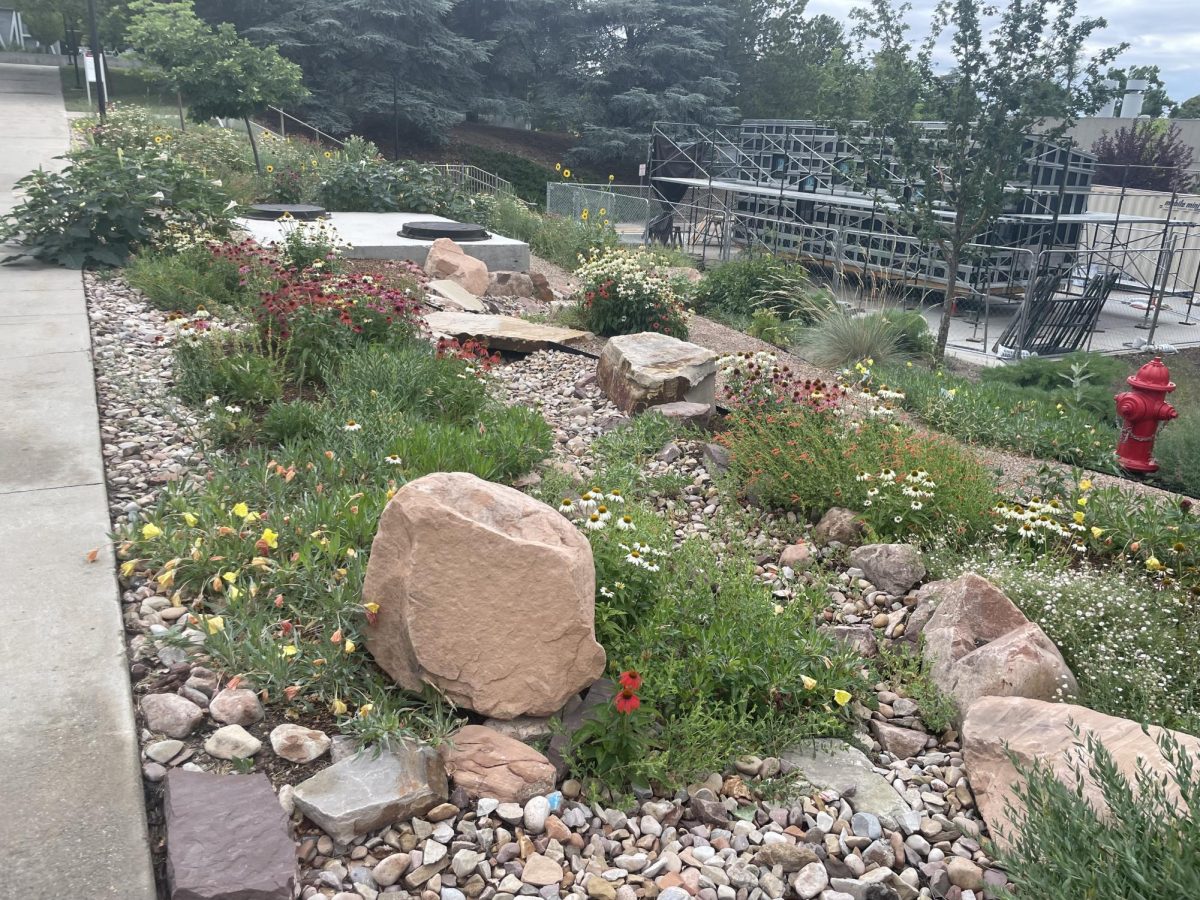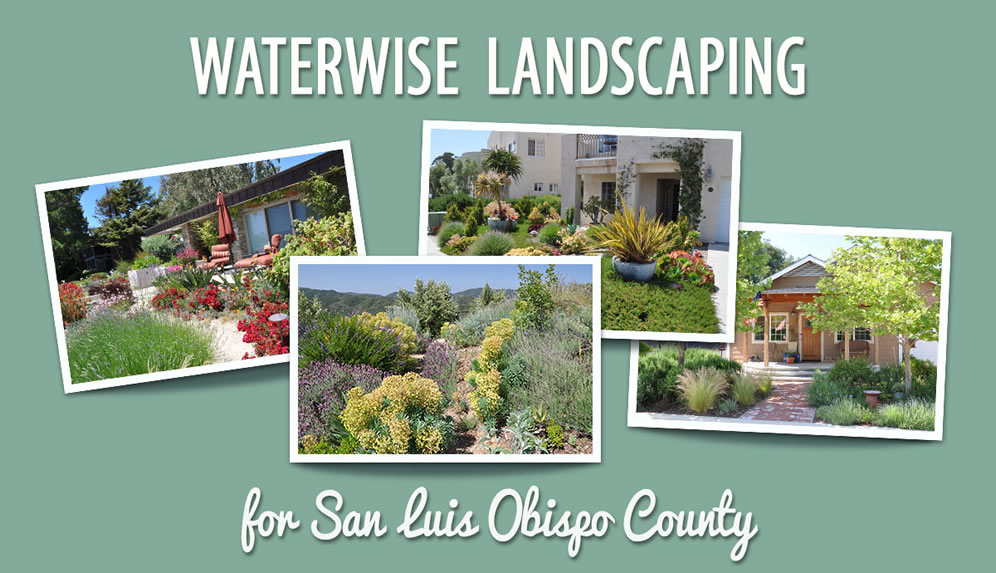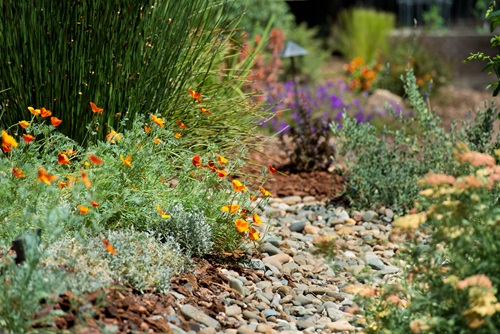All Categories
Featured
Table of Contents
- – Landscaping Designers Norwalk, CA
- – Pacific Green Landscape Maintenance
- – Landscape And Design Norwalk, CA
- – Green Landscaping Company Norwalk, CA
- – Water Wise Landscaping Norwalk, CA
- – Landscape Designers Norwalk, CA
- – Drought Tolerant Landscape Design Norwalk, CA
- – Yard Design Norwalk, CA
- – Landscape Design And Construction Norwalk, CA
- – Front House Landscaping Norwalk, CA
- – Design Landscape Norwalk, CA
- – Design Landscaping Norwalk, CA
- – Landscape Companies In California Norwalk, CA
- – Design Landscaping Norwalk, CA
- – Landscape Design And Installation Norwalk, CA
- – Pacific Green Landscape Maintenance
Landscaping Designers Norwalk, CA
Pacific Green Landscape Maintenance
6530 Whittier Ave Whittier, CA 90601-3919(562) 203-3567
Pacific Green Landscape Maintenance
Pick plants based upon elevation, size, shape, shade, and type that will certainly ideal aid accomplish the layout goals. Plants can be utilized to conserve energy or water, block undesirable sights or noise (dense plant material), control disintegration on steep inclines (reduced growing groundcovers) and draw in birds, butterflies and . There are lots of resources for water-wise plant checklists and tree selection that are searchable by wanted features and water use.
This does not necessarily imply that water-wise landscapes are made up completely of native plants. Some indigenous plants, such as Aspen, do not usually do well at the altitudes and water levels in many yards as they are adjusted to high altitudes and wet-meadow circumstances. There are numerous plants from various other completely dry regions around the world that are well-adapted to fit the low-water needs of our area.
Keep in mind that smaller plants often tend to have reduced water needs than bigger plants. Believe concerning the timing of the foliage, bloom and seed head screens of the growing product to ensure rate of interest all year. Attempt to Incorporate springtime, summertime and fall interest in each planting group to make sure that no place in the landscape looks bare.
Yards have lots of benefits consisting of cooling results, disintegration control, water filtration and water seepage. Lawns can endure trampling and play that no various other plant can handle.
Landscape And Design Norwalk, CA
There are many low-water grass kinds available. With mindful selection and effective watering, yards can be a fundamental part of the low-water landscape. Of the seven guiding concepts of water-wise landscape design (a.k.a. Xeriscaping), the most questionable includes making use of turfgrass in the landscape. Sometimes it has seemed that water-wise landscaping may not enable the use of turfgrasses at all.
Buffalo grass (right) is a great grass option for Intermountain landscapes. The reason that turfgrass is pointed out especially in water-wise landscaping standards is that there is great prospective for over-irrigation of turfgrasses. Unlike other plants that exhibit the anxieties of over-watering easily, turfgrass has the ability to withstand a large amount of over-irrigation without displaying indicators of tension.
Green Landscaping Company Norwalk, CA
These realities combined with a "much more is always better" attitude toward landscape watering, incline turfgrass locations to over-irrigation. Design Landscaping Norwalk. Turfgrass has some very details advantages in the landscape. It is the only landscape plant product that can endure the anxieties of website traffic and mowing that are generally applied to it.
And mowed lawns are a standard part of many metropolitan fire control techniques. Turfgrass likewise offers many various other environmental benefits. One such advantage is a decrease in the amount of surface overflow water. This is a crucial component to protecting water high quality. A typical golf program, for example, can take in 4 million gallons of water during a 1-inch rainstorm.
Water Wise Landscaping Norwalk, CA

If the only time a grass location receives web traffic is when it's cut, maybe a reduced maintenance plant would certainly work in that place. This publication likewise goes over the qualities and applications of commonly used turfgrass species in Utah.
If the turfgrass is not performing a practical function, does it really need to be watered? In these kinds of areas, there are numerous other plants that are extra practical selections.
Become acquainted with the real water requirements of the turfgrass and do not exceed them. As an example, trimming at a height of 2 or 3 inches will certainly motivate much deeper rooting and boosted warm and drought tolerance. Correct fertilization will certainly likewise support healthy and balanced turfgrass and permit it to stand up to the stresses of warm and dry spell much better.
Landscape Designers Norwalk, CA
Compost covers the soil and protects against crusting, compaction, and water dissipation, while likewise giving a vital visual layout aspect. Choosing the best mulch for the scenario is dependent on plant choice, watering routine and website use.
Compost covers the soil and protects against crusting, compaction, and water evaporation. Compost covers the soil and avoids crusting, compaction, and water dissipation.
Drought Tolerant Landscape Design Norwalk, CA

Mulch likewise lowers the variety of weeds in a water-wise landscape by stopping light-induced germination of weed seeds. With less weeds, much less growing is required, which can stop damages to plant roots, soil structure, and dirt organisms. Furthermore, compost moderates soil temperature and secures plant origins. In winter, moderation of soil temperature level can stop plants from heaving out of the ground because of freezing and thawing.
Organic mulches include products such as timber or bark chips, shredded bark, nut coverings, yearn needles, or various other discarded plant components. These products have the prospective to enhance dirt framework, rise dirt fertility, avoid compaction, and boost dirt organic matter as they damage down and are integrated into the dirt.
To make sure sufficient water infiltration and oygenation and to slow down disintegration, ensure compost fragments are bigger than the underlying dirt fragments (usually larger than a half inch in size). Recycled plant materials should be without weed seeds, disease-causing microorganisms, and pesticide and herbicide residues. You can either use disease-free plant components that have actually not been chemically dealt with, or you can compost your mulch prior to use.
Nitrogen loss can be stayed clear of by utilizing composted mulch or by adding nitrogen at a rate of 1-2 pounds actual N per 1000 ft2. With time, organic mulches damage down and will certainly require to be renewed. Replenishment can be completed simply by adding even more compost over the top of the disintegrated compost material.
Yard Design Norwalk, CA
The choice regarding which to utilize will depend upon the type of landscape, the reason for its use, and its availability. Instances consist of crushed rock or smashed stone, lava rock, recycled rolled glass, and rocks of different sizes, shapes, and shades. The size of inorganic compost fragments should complement the scale of the landscape.
A 2-inch thick layer of mulch calls for concerning 6 cubic yards of material per 1000 square feet of location. Leave a few inches of mulch-free location around the base of woody plants to prevent origin collar diseases and rodent damages. The best time to use mulch is quickly after planting in the fall, or in the spring after the dirt has actually warmed.
In enhancement to conserving water, correct watering can urge deeper origin development and much healthier, a lot more drought tolerant landscapes. A vital component of water-efficient landscaping is creating hydrozones for your irrigation requires. To offer sufficient water to all plants without over or under-watering some, group plants with similar irrigation requires in one area.
Landscape Design And Construction Norwalk, CA
One more crucial facet of irrigation planning includes regular maintenance of the system. Regular monthly evaluation of the watering system, while in use, will certainly aid you to discover and repair any broken, misaligned, or clogged up sprinkler heads and keep your system running successfully. Drip Irrigation systems includes plastic pipes with emitters that deliver water directly to plants.

Strategy and style irrigation systems to ensure that turfgrass locations are irrigated independently from other landscape plants. There are several sources available to figure out the proper watering routine for lawn locations in Utah. from the Utah Department of Water Resources from the Utah Department of Water Resources Trees and hedges have much deeper and more comprehensive root systems than turfgrass so they should be sprinkled less often however, for longer time periods.
The quantity of water to use in any kind of circumstance depends on the dirt kind. Sandy soils soak up water the fastest (regarding 2" per hour), adhered to by loam dirts (3/4" per hour).
Front House Landscaping Norwalk, CA
By enabling water to pass through deeper into the dirt account, you are urging deeper rooting and an even more drought forgiving plant. Frequent, light watering will cause plants that have a superficial root system and that are much more susceptible to water stress. When making use of automatic sprinkler concerning 1/2 -1 inch of water may be required weekly for shrubs and smaller sized trees (
Similar to lawn sprinkler, purge the drip system before running it by removing the emitters and letting water go through the tubes for a couple of mins to purge out any type of dust and debris. Replace emitters and run the system, one shutoff each time, to inspect for troubles. Fundamental winterization of a lawn sprinkler system is fairly easy.
Each shutoff should be transformed on to release stress in the pipelines and water must be drained from the system to shield any components that can ice up. Your system might have drainpipe shutoffs that can be opened for water drainage, or you might have to blow out the system utilizing air.
Design Landscape Norwalk, CA
Check your water system at the start of the season to adjust any type of heads and see to it there was no damage over the winter season. The Water Examine program deals complimentary irrigation checks in numerous Utah areas. To discover out more, or to discover just how to inspect your system on your own, most likely to the CWEL Water Inspect web page.
A weed is just a plant out of area. Keeping that in mind, any kind of plant can be a possible weed if it crowds out or utilizes up resources needed for preferable plants. Design Landscaping Norwalk. Some "scraggy" plants become such a trouble that they finish up being proclaimed "toxic" in a certain region
Keep in mind that water utilized by a weed is unavailable to preferable plants. Weeds can be annuals (germinate, duplicate, and pass away in one season) or perennials (survive over lots of years). It is necessary to find out to recognize and identify weeds in the plant phase because this will certainly identify your finest control choices.
Design Landscaping Norwalk, CA
Yearly weeds that haven't gone to seed can be composted, however seasonal weeds must always be thrown out in the garbage. Hoeing and tilling are alternatives to hand-pulling, yet care should be taken about developed plantings so you do not interrupt or damage the origins of preferable plants. should be used around landscape plants to hinder weeds and conserve water.
Weed plants that do turn up in mulched areas are a lot easier to hand-pull, as long as you capture them early. Organic mulches will need to be rejuvenated routinely as they gradually break down. Do this by roughing up the old compost and adding a light layer of brand-new compost over the top.
Landscape Companies In California Norwalk, CA
Just like sprinkler systems, flush the drip system prior to running it by removing the emitters and letting water go through the tubes for a few mins to clear out any type of dust and debris. Replace emitters and run the system, one shutoff at once, to check for problems. Fundamental winterization of an automatic sprinkler is fairly straightforward.
Each shutoff must be transformed on to launch stress in the pipelines and water need to be drained pipes from the system to secure any elements that could ice up. Your system may have drainpipe valves that can be opened for drain, or you might have to burn out the system using air.
Design Landscaping Norwalk, CA
Check your water system at the beginning of the period to readjust any heads and make certain there was no damages over the wintertime. The Water Inspect program offers totally free irrigation sign in lots of Utah regions. To learn extra, or to figure out how to examine your system on your own, go to the CWEL Water Inspect page.
A weed is simply a plant misplaced. Keeping that in mind, any type of plant can be a prospective weed if it crowds out or makes use of up resources needed for desirable plants. Some "small" plants end up being such an issue that they end up being stated "poisonous" in a certain area.
Bear in mind that water used by a weed is unavailable to desirable plants. Weeds can be annuals (germinate, recreate, and pass away in one season) or perennials (make it through over several years). It is essential to learn to acknowledge and categorize weeds in the plant phase because this will establish your ideal control options.
Annual weeds that haven't gone to seed can be composted, however seasonal weeds need to always be thrown out in the trash. Hoeing and tilling are options to hand-pulling, however care needs to be taken around established plantings so you do not disturb or ruin the origins of desirable plants. need to be made use of around landscape plants to inhibit weeds and preserve water.
Landscape Design And Installation Norwalk, CA
Pacific Green Landscape Maintenance
Address: 6530 Whittier Ave Whittier, CA 90601-3919Phone: (562) 203-3567
Email: pacificgreencompany@gmail.com
Pacific Green Landscape Maintenance
Weed seedlings that do show up in mulched areas are much simpler to hand-pull, as long as you capture them early. Organic composts will certainly need to be freshened routinely as they slowly break down. Do this by roughing up the old compost and including a light layer of new mulch over the top.
Landscape Design & Construction Norwalk, CALandscape Design Planner Norwalk, CA
Front House Landscaping Norwalk, CA
Backyard Landscaping Company Norwalk, CA
Landscape And Design Norwalk, CA
Landscaping Design Company Norwalk, CA
Landscape Design Services Norwalk, CA
Design Landscape Norwalk, CA
Local Landscape Designers Norwalk, CA
Landscape Companys Norwalk, CA
Front House Landscaping Norwalk, CA
Landscape Design Companies Norwalk, CA
Landscape Companys Norwalk, CA
Landscape Consulting Norwalk, CA
Landscape Consulting Norwalk, CA
Landscape Designers Norwalk, CA
Design Landscaping Norwalk, CA
Design Landscaping Norwalk, CA
Landscape Design & Construction Norwalk, CA
Landscape Design Companies Norwalk, CA
Green Landscape Norwalk, CA
Design And Build Landscape Norwalk, CA
Backyard Landscaping Company Norwalk, CA
Local Landscape Designers Norwalk, CA
Construction Landscaping Norwalk, CA
Landscape Design Planner Norwalk, CA
Landscape Design & Construction Norwalk, CA
Landscaping Design Company Norwalk, CA
Drought Tolerant Landscape Design Norwalk, CA
Landscape Design Company Norwalk, CA
Landscape Design Installation Norwalk, CA
Landscaping Designers Norwalk, CA
Backyard Landscaping Company Norwalk, CA
Landscape Designer Norwalk, CA
Backyard Landscaping Company Norwalk, CA
Landscape Design Services Norwalk, CA
Landscape Design Planner Norwalk, CA
Landscape Design & Construction Norwalk, CA
Construction Landscaping Norwalk, CA
Landscape Designer Norwalk, CA
Landscape Design And Installation Norwalk, CA
Design Landscaping Norwalk, CA
Design And Build Landscape Norwalk, CA
Landscaping Design Company Norwalk, CA
Landscaping Design Company Norwalk, CA
Landscape Design Planner Norwalk, CA
Drought Tolerant Landscape Design Norwalk, CA
Landscape Design Installation Norwalk, CA
Front House Landscaping Norwalk, CA
Landscape Design And Installation Norwalk, CA
Landscape Design & Construction Norwalk, CA
Drought Tolerant Landscape Design Norwalk, CA
Local Landscape Designers Norwalk, CA
Landscape Design Company Norwalk, CA
Design Landscape Norwalk, CA
Water Wise Landscaping Norwalk, CA
Green Landscaping Company Norwalk, CA
Yard Design Norwalk, CA
Design Landscaping Norwalk, CA
Landscape Design Services Norwalk, CA
Landscape Consulting Norwalk, CA
Landscape And Design Norwalk, CA
Design Landscape Norwalk, CA
Local Seo Services Near Me Norwalk, CA
In Seo Companies Norwalk, CA
Pacific Green Landscape Maintenance
Table of Contents
- – Landscaping Designers Norwalk, CA
- – Pacific Green Landscape Maintenance
- – Landscape And Design Norwalk, CA
- – Green Landscaping Company Norwalk, CA
- – Water Wise Landscaping Norwalk, CA
- – Landscape Designers Norwalk, CA
- – Drought Tolerant Landscape Design Norwalk, CA
- – Yard Design Norwalk, CA
- – Landscape Design And Construction Norwalk, CA
- – Front House Landscaping Norwalk, CA
- – Design Landscape Norwalk, CA
- – Design Landscaping Norwalk, CA
- – Landscape Companies In California Norwalk, CA
- – Design Landscaping Norwalk, CA
- – Landscape Design And Installation Norwalk, CA
- – Pacific Green Landscape Maintenance
Latest Posts
Tankless Water Heater Installer Near Me Torrey Pines
Fleet Service Corona
Atwood Truck Shop Near Me
More
Latest Posts
Tankless Water Heater Installer Near Me Torrey Pines
Fleet Service Corona
Atwood Truck Shop Near Me